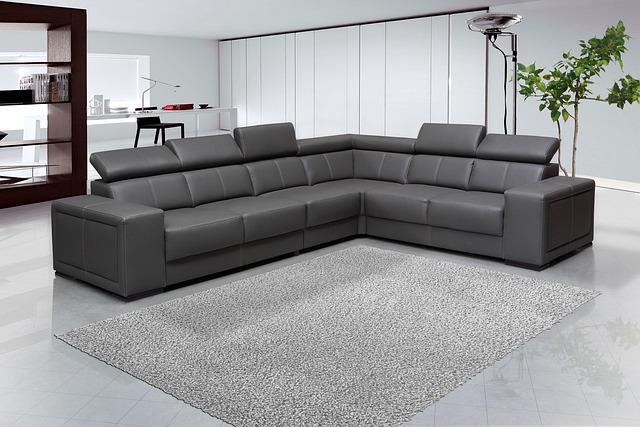Upholstery cleaning involves tailored care for diverse fabrics, from natural cotton to synthetic polyester, to preserve aesthetics and lifespan. Prepare by covering furniture and removing cushions, then select suitable cleaning solutions for effective stain removal without damage. Deep clean with a mild detergent, vinegar, and water, blot stains promptly, and ensure proper drying. Avoid common mistakes like using incompatible cleaners; consider professional advice for valuable pieces. Regular upkeep via vacuuming, protective covers, spot cleaning, and furniture rotation maintains upholstery quality and value.
Deep cleaning your upholstery is essential for maintaining the health and aesthetics of your furniture. This comprehensive guide addresses all your needs, from understanding various fabric types to choosing the right cleaning solutions and step-by-step cleaning procedures. Learn how to protect your furniture and surroundings during preparation, effectively handle stains, and properly dry and ventilate post-cleaning. We also outline common mistakes to avoid and provide regular care tips to ensure your upholstery remains in pristine condition for years to come.
Understanding Upholstery Fabric Types and Their Cleaning Needs
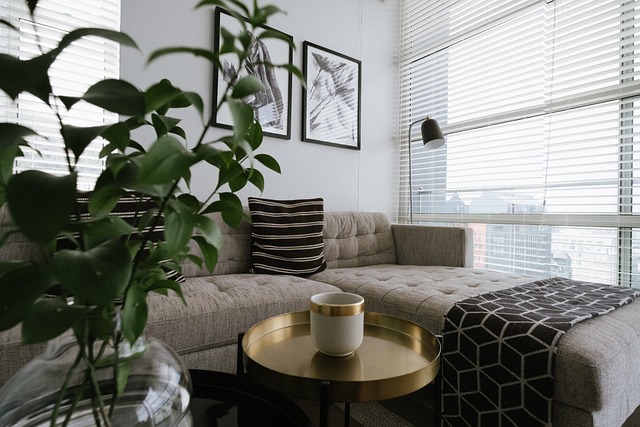
Upholstery cleaning involves a deeper process than merely wiping down surfaces, especially when it comes to understanding different fabric types. Fabrics like cotton and linen are relatively easy to clean due to their natural breathability and resilience to stains. On the other hand, synthetic materials such as polyester or acrylic require more care; these fabrics can be prone to fading or fiber damage if not handled correctly. Velvet, known for its plush texture, demands a gentle touch with specialized cleaning methods to avoid damaging its fibers.
Identifying fabric types is crucial in effective upholstery cleaning. Different fabrics necessitate distinct techniques and products. For instance, a deep clean for a leather couch involves treatments designed for leather’s unique composition, while a woolen carpet needs a method tailored to preserve its natural fibers. Understanding these nuances ensures that the cleaning process not only maintains the aesthetics of the furniture but also prolongs its lifespan.
Pre-Cleaning Preparation: Protecting Your Furniture and Surroundings
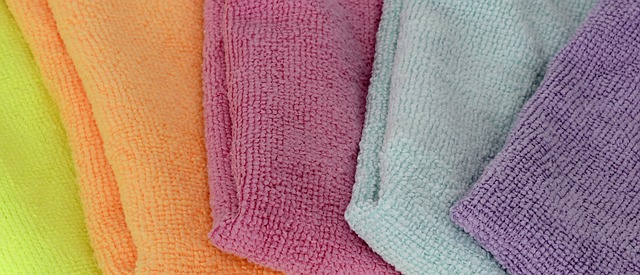
Before diving into the deep cleaning process, it’s crucial to prepare and protect your furniture and surroundings. Start by covering all nearby surfaces with drop cloths or old towels to prevent any staining from cleaning solutions or debris. This is especially important for delicate items like antique furniture or electronics. Ensure that all breakable objects are secured and out of reach.
Additionally, remove all cushions, pillows, and other soft accessories from the upholstery. These items often trap dirt, dust mites, and allergens, so it’s best to clean them separately with specialized solutions. By taking these precautions, you’ll ensure a more efficient and effective deep upholstery cleaning process, leaving your furniture looking as good as new.
Choosing the Right Deep Cleaning Solutions for Different Fabrics

When it comes to deep cleaning upholstery, selecting the appropriate solutions is key to achieving optimal results without causing damage. Different fabrics require distinct care, so understanding your material is essential. For example, natural fibres like cotton and wool need gentle treatment; using harsh chemicals could shrink or discolour them. On the other hand, synthetic blends may withstand stronger cleaners, but excessive use can lead to fading or loss of texture.
Therefore, it’s crucial to opt for upholstery cleaning products designed specifically for your fabric type. Many professional cleaning services offer tailored solutions, ensuring that delicate fabrics are treated with care while stubborn stains are effectively removed. This targeted approach not only prolongs the life of your upholstery but also maintains its aesthetic appeal and original colour vibrancy.
Step-by-Step Guide to Deep Cleaning Upholstered Furniture
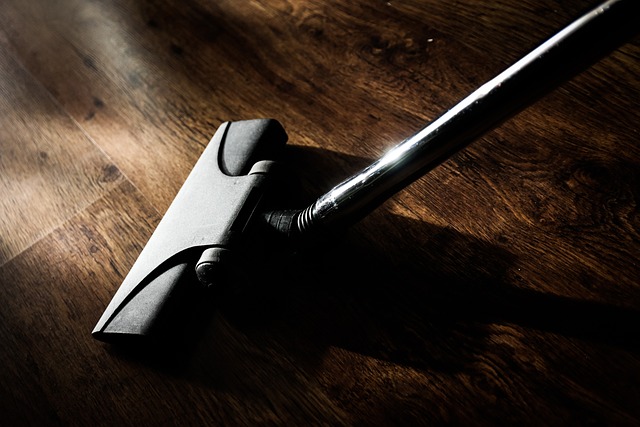
Deep cleaning upholstered furniture is an essential part of maintaining a healthy and visually appealing living space. Start by gathering the necessary tools and materials, including a vacuum cleaner with a specialized upholstery brush, a mild detergent suitable for fabrics, a clean cloth or sponge, and a solution of warm water and white vinegar (for stubborn stains). Begin by vacuuming the furniture to remove dust, pet hair, and loose debris from the fabric. Next, create your cleaning solution, mixing about 4 liters of warm water with 50ml of mild detergent and 50ml of vinegar. Test a small, inconspicuous area first to ensure the solution won’t damage the upholstery. Using a clean cloth or sponge, gently apply the solution to the furniture, working from the top down to prevent drying too quickly. Pay special attention to stained areas, rubbing gently but firmly until the stain is removed. After allowing the cleaning solution to sit for about 10 minutes, use a damp cloth to wipe away any remaining residue and thoroughly dry the upholstery with a clean towel or air dry completely.
Handling Stains and Discolorations on Upholstery
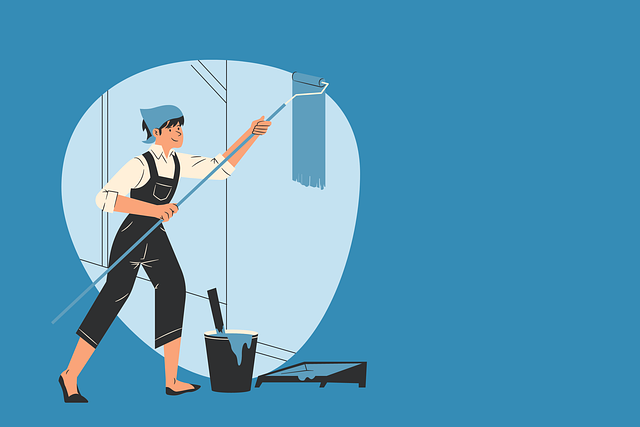
Stains and discolourations can be a common concern for upholstery, but addressing them promptly is key to maintaining a fresh and clean look. The first step is to identify the cause—whether it’s spills, pet accidents, or general wear and tear. Different stains require unique cleaning approaches. For example, treating grease or oil spots with a dry-cleaning solvent can prevent them from setting into the fabric.
Blotting is essential when dealing with liquid spills; absorb as much as possible without rubbing, which could spread the stain. For stubborn marks, consider using specialised upholstery cleaners or home remedies like baking soda and vinegar. It’s crucial to test any cleaning solution on a small, inconspicuous area first to ensure it doesn’t cause further damage or discolouration. Regular deep cleaning sessions can help prevent and minimise such issues, ensuring your upholstery remains in pristine condition.
The Importance of Drying and Ventilating After a Deep Clean

After a deep cleaning session, allowing the upholstery to dry and ventilate properly is an often-overlooked but crucial step in the process. This is essential for several reasons; primarily, it ensures that any remaining moisture or cleaning chemicals are effectively removed from the fabric. Excess moisture can lead to mildew growth, fabric shrinkage, or even damage to the upholstery’s inner structure, especially in sensitive materials.
Adequate ventilation also helps to refresh the air and eliminates any lingering odours. Cleaning products often have strong scents, and proper ventilation ensures that these smells dissipate, leaving behind a fresh, clean aroma. This is particularly important for those with allergies or asthma, as it reduces the risk of respiratory irritation and promotes a healthier environment.
Common Mistakes to Avoid During Upholstery Deep Cleaning
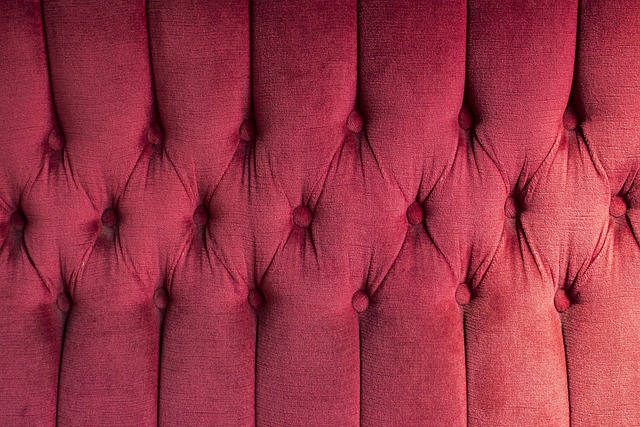
Deep cleaning upholstery can be a daunting task, but it’s crucial to avoid common mistakes that can lead to damaged fabrics or inadequate sanitization. One frequent error is using aggressive cleaning solutions or harsh chemicals without testing their compatibility with the fabric type. Different materials require specific care; what works for cotton might damage silk or wool. Always check the care label and consider professional advice when dealing with valuable or delicate items.
Another mistake is skipping pre-treatment of stains, which can leave residue behind. Before deep cleaning, it’s essential to blot and treat persistent stains with appropriate solutions to prevent them from setting further into the fibers. Neglecting to ventilate the space adequately during cleaning can also lead to excessive moisture buildup, causing mold growth and fabric shrinkage over time. Ensure proper air circulation to maintain optimal conditions for effective yet safe upholstery deep cleaning.
Maintaining Your Upholstery's Longevity: Regular Care Tips

Regular upkeep is key to preserving the life and quality of your upholstery. Between professional deep cleaning sessions, there are several simple tips to keep in mind for optimal results. First, vacuum frequently using a brush attachment to remove surface dirt, dust, and debris. This prevents particles from settling into fibers, causing wear and tear over time.
Additionally, use protective covers on furniture, especially in high-traffic areas, to shield against spills, stains, and pet hair. Cleaning solutions specifically designed for upholstery should be employed to spot clean any immediate issues, following the product’s instructions for best results. Regularly rotating furniture positions can also help maintain even wear patterns.
